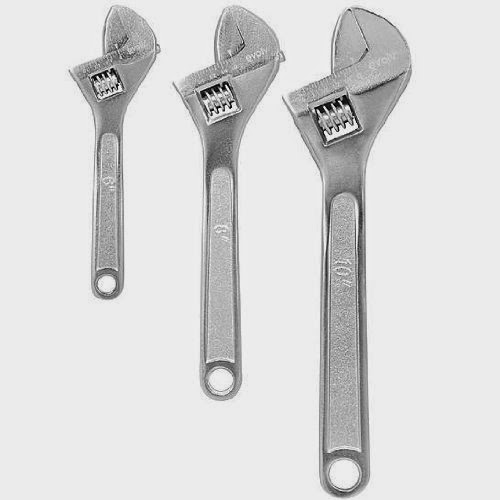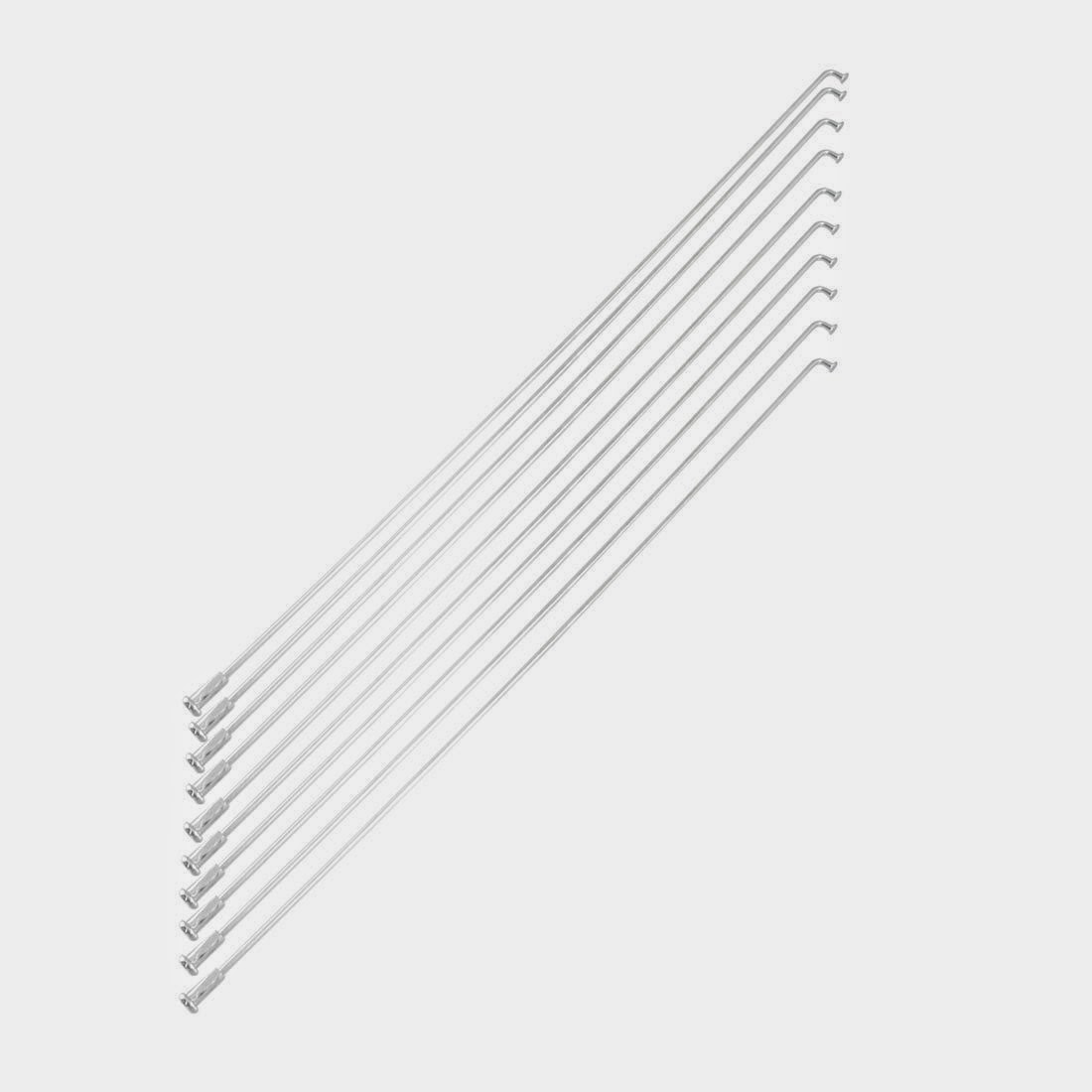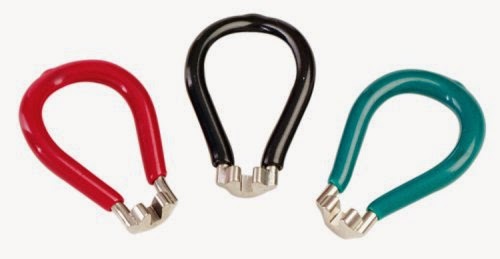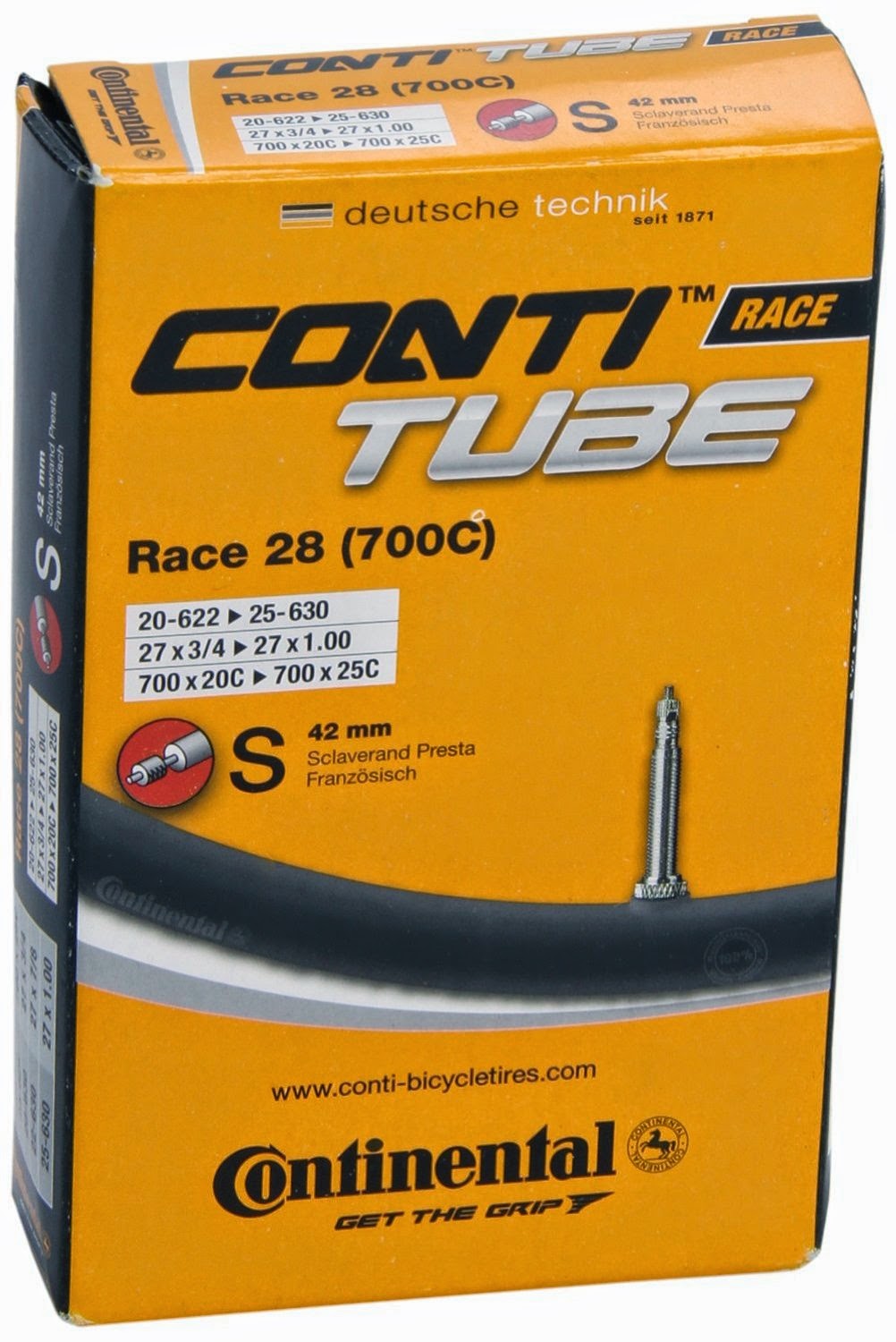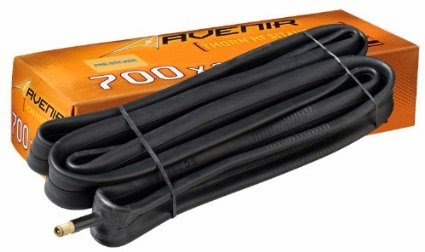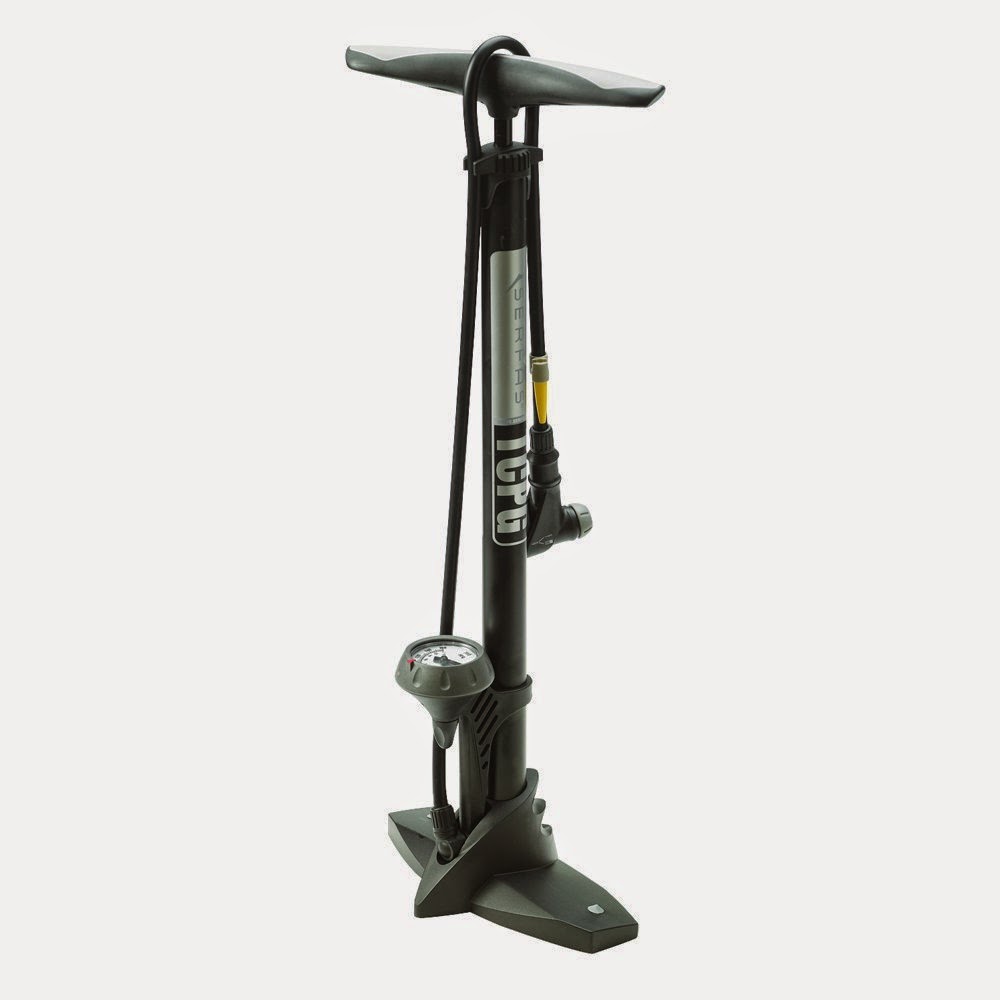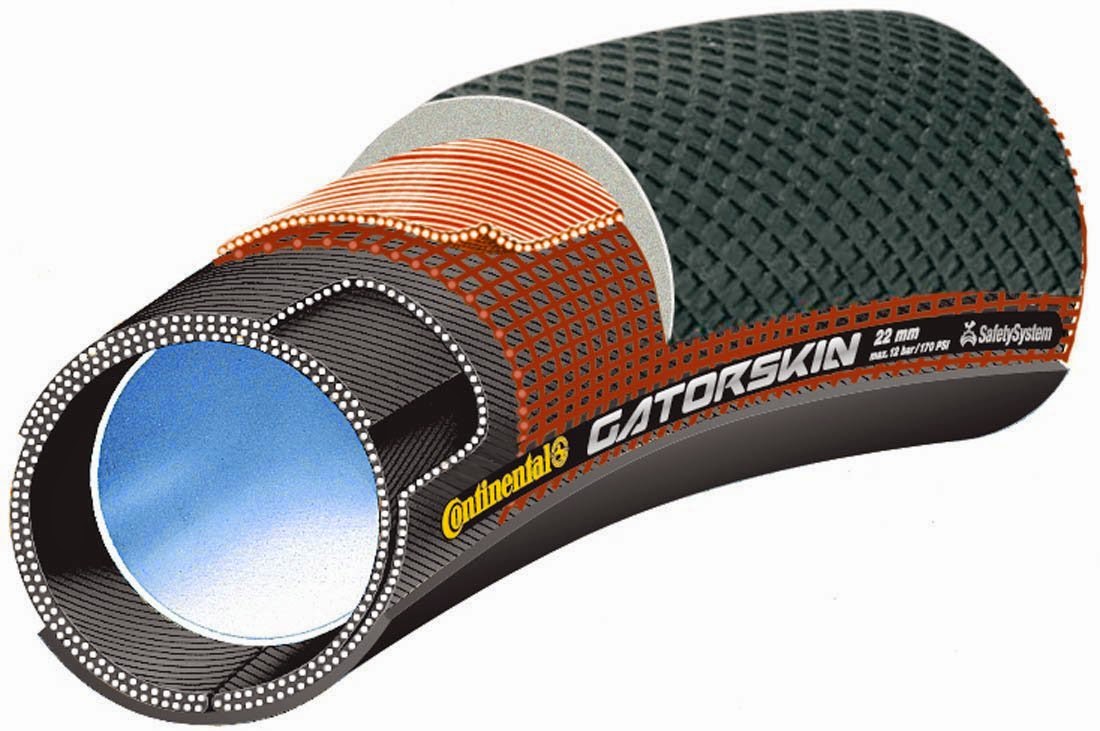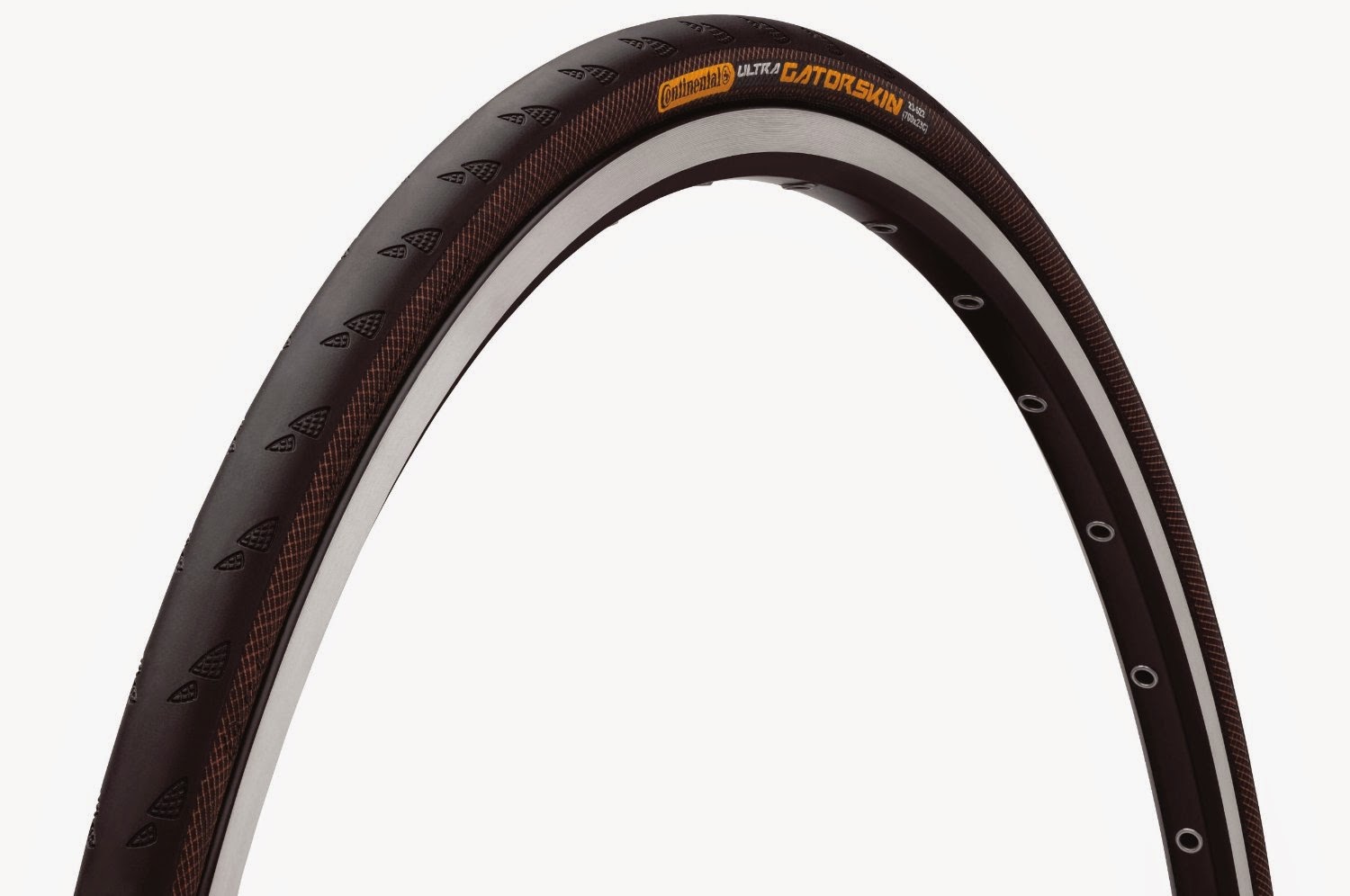Click here to see the next post that shows you how to fix a bent wheel and change a broken spoke.
Repairing a bike is quite easy as long as you know how to do it and what
to look out for when you buy spare parts. A good example of ignorance is when I
tried to buy a tube for my back wheel. I bought the wrong size of air valve
(too short) and the wrong size of tube itself (wrong diameter). The durability
of the tube was extremely low as it only held out 100 km before bursting. Hence
it is crucial to buy the highest quality of spare parts and to know which spare
parts are needed for your bicycle in particular. The quality and
durability is especially important while trekking or traveling long distances.
In this post, I will try to explain the steps one ought to take to ensure safe,
long lasting and qualitative cycling. I will also share the spare parts that I
can recommend based on personal experience and feedback from the cycling
community online. If you do care about getting the best prices, you ought to
buy your parts from the internet instead of a store, as it is mostly a lot cheaper
AND because you can choose between a broader assortment of products.
First I'll give you a list of products that you might need. You will have to read through the tutorials before buying the parts, as you are probably not aware of what is needed and what isn't. Throughout the article I will use the abbreviation [opt.]. It means that it is not a necessity, but it might save you time and nerves if you use it. It won't ensure better quality though. The quality solely depends on your handiness and you using your brain.
A list of spare parts for your bicycle that you might or will need throughout this guide
Click the link or picture to be redirected to the product.
Different sizes of adjustable wrenches
An adjustable wrench is needed for all repairments on your bicycle. Most handy (wo)men already have this tool and I presume - as you are reading this - that you have one as well. Dislocating a wheel will be impossible without a wrench unless your thumbs are made out of iron.
For the Presta valve bicycle tube, you can click the picture or the hyperlink above. This is mostly for racing bikes. Be sure to select the correct size on the website.
If you need a Schrader air valve (also called 'auto' or 'car' valve), you can buy it here by clicking the blue hyperlink or the picture.
Compact Design 16 in 1 Multi Function Purpose Bike Bicycle Cycling Tyre Repair Tool Kits Complete Set + Mini Portable Pump
I am really, really fond of this neat little product. It has everything you need. You can dislocate the chain, pump, dislocate the wheel and patch your tube. All in one. Another advantage is that you can take it everywhere with you due to the small and compact bag (which you can attach to your bicycle). A must have for a trekker; a nice gadget for the sporadic bicyclist.
Serfas TCPG Bicycle Floor Pump with pressure meter [opt.]
I have taken a similar floor pump on a trip through Europe. Here is the thing: if you have a pinch flat, it is perfectly possible to travel an estimated 10 km. That is basically my own estimation based on experience. I've had 2 pinch flats in the middle of nowhere and one time I traveled about 20 km, the other time it was only 5. Anyway, if you have to pump your bike every few km, you'll be so happy that you've bought this product. It is a nice item to have at home, as it is just a lot faster and you can really see what the pressure on the tube is. An alternative is to have a hand pump, as seen in the previous repair kit. That is a must-have if you do not have a floor pump with you! You need at least 1 pump.
Continental 28" Road Bike Tyre Sprinter Gatorskin
This is a tubular tire. It is meant for racing and sprinting and is of very high quality. Not many people need such a tire, but if you need it, this is probably the best you can get and afford.
Continental Gatorskin Wire Bead Road Bike Tire [opt.]
A very good high quality tire. You might need it in case your old tire is worn out. That is why I labeled the tire as optional. The on-page description states that it is highly suited for high mileage during the winter.
Now we will start out with parts that have to be replaced quite often.
How to repair or change parts of your wheels
Let's say that the wheel consists of the spokes, air-valve, rim, tire, tube
inside the tire, brake and the brake pad (also called the 'shoe'). Every single
part can easily be replaced by a spare part, as long as you know where to buy
it and how to change parts. Like most things in life, it is easy if you know
how to do it.
Replacing your tube/tire and patching your tubes
What do you need to know
about your wheels in order to change the tube?
Look up the specifications of
the wheel/bike you have. Most of the time, the size is mentioned on the rim in case you
have lost/can't find the specifications (700c with 20-50mm width, 26", 27", 28", 29", etc.). You will also have to consider that there are
various sorts of tires, albeit that most are of the type 'clincher'.
A clincher tire is a U-shaped tire where the tire and tube are 2 separated from
each other, meaning that you can easily change both parts independent of each
other.
A tubular tire, also known as a sew-up, sprint or tub, is a type
of tire where the tube is attached/sown/glued to the tire. If you have this
type, you are probably a fanatic high-performance cyclist and you probably
would not need this guidance.
A wired tire is nowadays the same as a clincher type. The wire refers to the
the steel wiring in the bead (the outer edge of a tire that clinches to the
rim). There used to be a time where clincher types relied only on air pressure
to clinch itself to the rim. Nowadays, it also relies on the steel wiring in
the bead to attach itself to the rim. All clinchers are wired.
A tubeless tire holds air without having a tube. They are mostly used on
mountain bikes, as the chances of the pinch flat are decreased tremendously. A
pinch flat is when your inner tube gets punctured, so it is actually impossible
to get a pinch flat. However, due to the too much lateral force, it is possible
that air escapes the tire.
A solid tire is, as the name might indicate, works without air. I would not
recommend this tire for many reasons, one of them being the loss of suspension quality
which results in many complaints. In the long term, due to the loss of
suspension quality this might be terrible for your spine.
How to change the
different types of tubes and tires?
The process of changing tubes
and tires does not vary much between the various types. I will start with the
conventional type.
How to patch the
clincher type:
I have changed many clinchers
in my life. In fact, my mother first thought me how to do it. For that reason,
I will use her method even though better methods are available.
What do we need: 2 sturdy table spoons [opt.], a wrench, soapy water [opt.], a spare
tube (duh), a repair-kit, a small tub/bucket of water and a pump.
How to change/repair the tube: Look for a place where you can
stabilize your bike and turn it upside down. For your convenience, the bike
should be very stable. There is no need to dislocate the wheel. Fact is that
dislocating the wheel makes everything a lot easier to handle, but my mother
never dislocated it (as she was afraid that she would mess up the gear shift).
Dislocate the tire from the rim by hand. If that is not possible, use the table
spoons to separate it (with caution, as you might damage the tire). Take out
the tube and fill it with air to locate the hole. If the air escapes so fast
that it is impossible to inflate it, your tube is beyond repair and you will
need to change the tube. If not, you can mend it using your repair kit.
Let's assume that you can actually patch the tube. Locate the whole using the
tub/bucket of water. You do this by inflating your tube and holding it under
water. If you see bubbles coming to the top, you have found the hole. To ensure
that you have only 1 hole, rotate the wheel 360° and hold it under water.
Deflate and patch it using glue and a rubber patch. Just follow the
instructions of your repair kit and you should be fine. After your patch has
dried up, you can put the tube back. I always put the air valve through the
hole first and then I pump a little bit of air in the tube. This makes
it easier to stuff the tube in the tire. Make sure that the bead is attached to
the rim. If you managed to do this, you can fully pump it up and it should be
repaired. Wooohoo, you managed to save yourself money and you can even get a
flat tire in the middle of nowhere without being totally helpless.
Another scenario might be that your tube is beyond repair. Things might get a
bit more complicated, as you will have to dislocate the wheel. If it is your
back-wheel and you have a gear-change, you will have to be extremely careful
that you know exactly how to put it back.
Dislocate the wheel, remove the tube using the previous steps from the first
scenario and take your spare part. Insert it and put everything back in its
place. It isn't hard as long as you know how to do it. If it is your first
time, make sure to read through the steps a few times. If you need personal
assistance, you can contact me per mail and I can give you support through
skype. Biking.thru.europe*-at-*gmail.com
The tire itself can also be dislocated by using force. It is important to know
the dimension of the wheel. If you do not know what the dimension is, you can
easily buy the wrong product. Diameter and width are mentioned in various ways.
Try to Google the dimension mentioned on the rim of the wheel and you can be
sure that you buy the correct product.
How to change or patch a
tubeless type
What do we need: a wrench, soapy water [opt.], a spare tire and a pump.How to change the tire: For this type, you really
should not use the spoons, as the bead should never ever be damaged. The
sealing of the tire is what holds the air inside. Use soapy water to help you
dislocate and relocate the tubeless type. Everything else is basically the same
as the clincher type. However, if you still need a tutorial for this type, you
can have a look at the PDF file provided by the brand Shimano (click here).
How to patch the tubular
type
How to change/repair the tube: Don't. Seriously, don't do it.
It is not worth your nerves and time. It is close to impossible and it does not
make sense to be honest. You probably use this type to compete in races or in
another competitive way and you will greatly decrease the quality of your tire by
mending it.
How to patch the solid
type
There is no need to patch
this. In fact, there is no need to have this type of tire at all, unless you
are planning to cycle on shards of glass.

